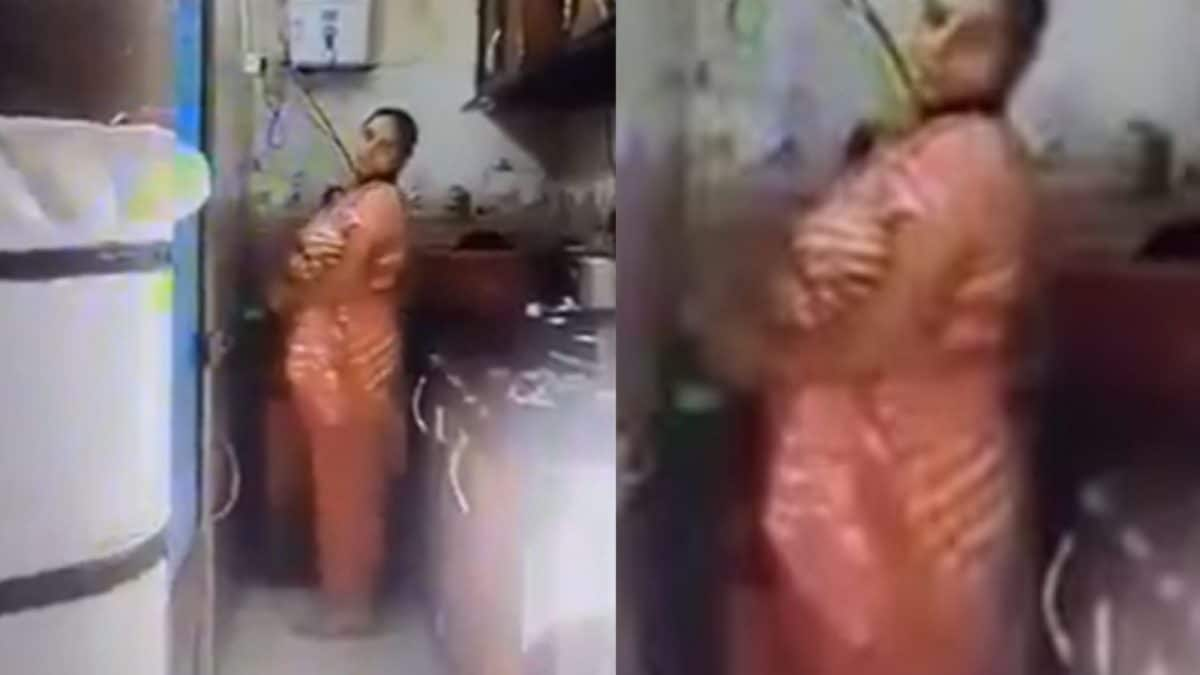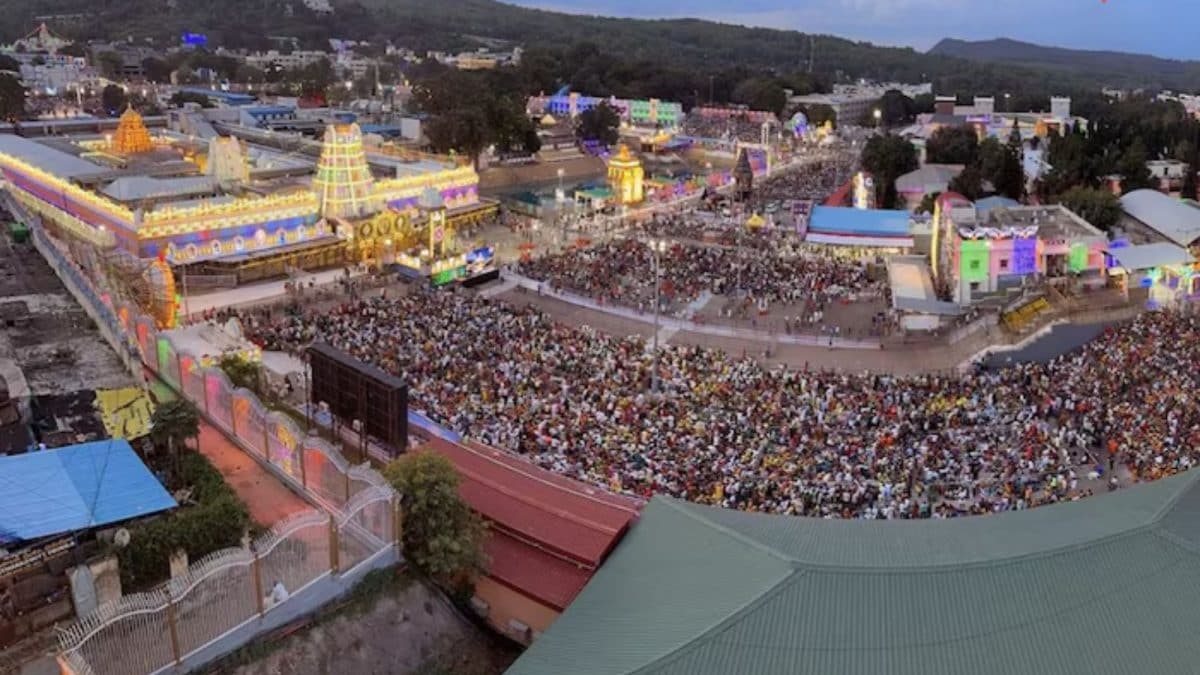Growing up in Madras, if children did not play games as India vs Pakistan, it was invariably U.S.S.R. vs U.S.A. and you know where their sympathies lay. The Soviets were friends while the Americans… well, well. After decades, this track is still playing, with the tariff question looming large.
Communism has, however, been around since early in the 20th century. M. Singaravelar is remembered for his espousal of the cause and leading May Day events in the city from the 1920s. But it was the Theosophical Society, co-founded by a Russian, Madame Blavatsky, that would provide a true impetus for the spread of labour unions and, therefore, communism too. And the Soviet Union was a model land for many in the freedom and social reform struggles. Periyar E.V.R. visited the U.S.S.R. and others, such as Jeevanandam and P. Ramamurthi, remained ardent Marxists. Early in the 1950s, the communists in Madras were considered powerful enough to swing election results. In later years, Dravidian parties took on much of the Communist Party’s role, especially in representing labour, and that dimmed the image of the latter somewhat.

Cultural cooperation with the Soviets was big in the decades immediately after Independence. In 1951, Director K. Subrahmanyam led a delegation that included N.S. Krishnan and T.A. Madhuram. Soviet actors and filmmakers came to Madras and visited studios as well. And, who can forget Padmini and Ragini being part of a later delegation, learning Russian, and wowing audiences there? In 1957, Padmini, who had a Soviet stamp issued in her honour later, acted in Pardesi — an Indo-Soviet film based on the travels of the 15th Century merchant Afanasy Nisikin.
By 1967, Madras had a Soviet consulate, located at the historical Chamundeswari Gardens, San Thome. The Russians still occupy this property.
Books and communism
Not many will remember the days when books in Russian used to be sold at pavement shops in Madras. New Century Book House was the publishing arm of the Indian Communist Party. Learning Russian was quite popular and one of the reasons for this was the strong love for chess in the city. When the Soviet Cultural Centre opened off Cathedral Road in 1972, it became home to the Tal Chess Academy, and this was where Manuel Aaron and later Viswanathan Anand honed their skills at the game. Madras was well on its way to becoming a chess capital. Today, this iconic building, which also screened Soviet films, is named the Russian Cultural Centre.
Not so successful was a venture in industry. In 1965, an agreement was signed in Moscow to begin a surgical instruments factory in Madras. Land was allotted in Nandambakkam and work began in 1967. The Indian Drugs and Pharmaceuticals plant went into production early in the 1970s and was never viable. It folded without a trace. Of a more enduring nature has been the Heavy Vehicles Factory, Avadi, where technical knowhow came from the Soviets.

The Heavy Vehicles Factory, Avadi, was established with technical know-how that was shared by the Soviets. | Photo Credit: The Hindu Archives
The best reports on the wildly successful 1955 visit of Nikita Kruschev and Nikolai Bulganin to India, are in American despatches from here. It was noted with gritted teeth, no doubt, that Madras gave the leaders a tumultuous welcome. They visited film studios, among other things, before proceeding to Ooty. There is even now a street honouring Kruschev in Chennai, but has now been corrupted to Gurushev. And Stalin is a household name here.

The street named after Soviet leader Nikita Kruschev in Chennai, which now has its name corrupted to Gurushev. | Photo Credit: The Hindu Archives
Rajiv Gandhi’s Festival of India initiative saw M.S. Subbulakshmi travelling there and famously performing standing on an open stage, with grandniece Gowri Ramnarayan wielding the sruti box, also standing! A later concert of hers had an unforgettable reaction — audiences felt the tambura player was the best, as the person performed non-stop, while everyone took breaks. Clearly the Soviets were all for continued action.



.png)
.png)
.png)
















 4 hours ago
5
4 hours ago
5









 English (US) ·
English (US) ·